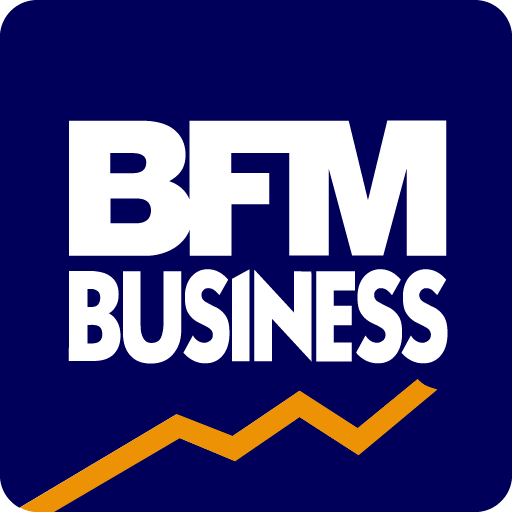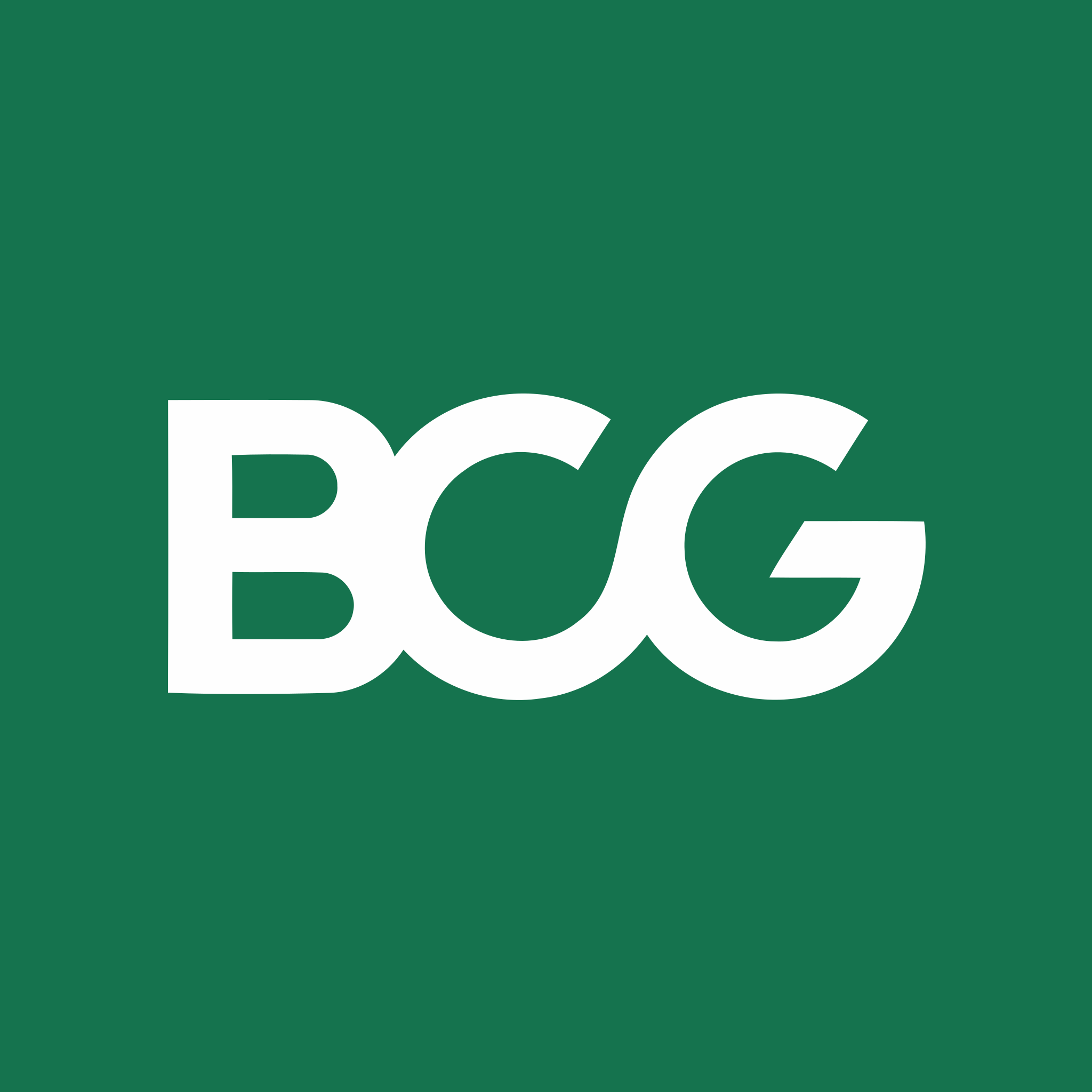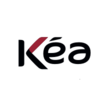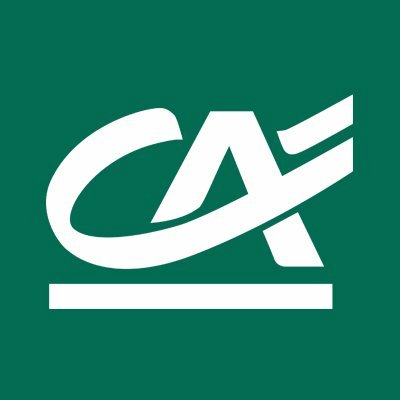Summary of our market study
Belgium boasts over 2,000 optical outlets, with a growing trend towards franchising. The majority of eyewear sales are still in the hands of independent entrepreneurs, who account for around 60% of the sector. However, the influence of large conglomerates such as EssilorLuxottica, following the acquisition of GrandVision, is notable.
The global eyewear market, valued at around $138 billion.
Despite a relatively low penetration rate for glasses in Belgium, the Belgian market anticipates growth due to demographic changes and the rise of e-commerce, where online sales have climbed by 17%.
44.9% of those surveyed in a CINT study said they used them. The number of people using both glasses and contacts fell slightly, while those relying solely on glasses saw an increase.
The aging of the population, which is expected to rise from around 18.81% to over 22.34% of people aged 65 or over between 2018 and 2030, suggests that the demand for glasses will increase.
The penetration rate of spectacles on the Belgian market remains relatively low (around 40%)
Belgium imports more eyewear than it exports, with a coverage rate of 53.9%.
Key players in the Belgian eyewear market
- LuxotticaEssilor
- GrandVision: Pearle and GrandOptical brands
- Afflelou
- Hoet Optiek
- Theo a brand present in e-commerce
to understand this market
Detailed content of our market study
 Inforamtion
Inforamtion
- Number of pages : 35 pages
- Format : Digital and PDF versions
- Last update :
 Summary and extracts
Summary and extracts
1 Market summary
1.1 Presentation
The eyewear market includes items and accessories worn on or over the eyes. Eyewear is used for a number of reasons, for example as a fashion adornment, for lack of visual abilities, or for protection.
The three main categories of the eyewear industry indeed include:
- Spectacles
- Sunglasses
- Contact lenses
The industry therefore includes all actors and processes involved in the design, production and retail of eyewear.
Globally, promising projections towards growth of the market are expected. The aging population and consequently development of life expectancy around the world is one of the variables responsible for the positive forecast of a growing number of people needing spectacles. In developed countries, the estimates grow even farther, with around 70% of adults in need of corrective lenses. The latter is reinforced by the rise in disposable income, which is expected to continue to push premiumization of the eyewear industry in all segments, especially among non-corrective glasses.
The Belgian market in the specific is expected to be influenced in addition by the changes in demographics, the channel proliferation (e.g. internet), and emerging fashion trends.
1.2 A global & European context
Eyewear Market Size World, ****-****, in US$ billion Source: ****
The global eyewear market was valued at close to $*** billion in ****. This is a small increase of CAGR *.*% per year since **** according to Euromonitor. The market is projected to experience strong growth of *.*% from **** to **** according to Grandviewresearch. The market is dominated by the US, France, Germany, and Italy.
This growth is driven by an ageing population which increases the demand on eyewear, together with higher disposable incomes which enable the purchase of higher quality glasses.
Moreover, sun glasses continue to be a strong growth driver as tourism continues to increase, and as the public is more aware of health risks with sun exposure. On top of this, sunglasses have always been a trendy and fashionable object. Whether it is flagship models launched by major brands or affordable eyewear marketed by major optical chains, the sunglasses market is expanding rapidly throughout the world and mainly in Europe. Belgium's low penetration rate
How many people (***) wear spectacles? Europe, ****, in % of population Source: ****
The graph above depicts the number of users of specatcles (***) in Europe. We find Slovakia at the top, with an estimated **% of adults using glasses. Belgium has a relatively low penetration ...
1.3 Domestic market
Today, the Belgian consumer points to a general lack of transparency in the offer offered by the major chains and does not understand the constant price inflation practiced in shops.
To overcome this bad reputation, the APOOB (***) and the Belgian Ministry of Economic Affairs drew up a code of good conduct at the end of **** in order to establish a transparent pricing policy for consumers and give them the opportunity to compare prices.
Following the implementation of this plan, the balance sheet is not very positive for the self-employed, who would only be ** in the summer of **** to have adopted this code while their number is estimated at ****-**** professionals on the market. [***]
Belgium therefore has a complicated optical market, with independents trying to survive in the face of giants and consumers who feel aggrieved by price increases or who are not listened to during the diagnosis because of the lack of transparency.
Finally, to obtain a market size, we use France as a proxy. We know that the average store in France has a turnover of €***,*** [***] and that there are **** stores in Belgium. This leads us to a market size of €*.** billion.
1.4 International Trade
Trade of Eyewear Belgium, ****-****, in € million and in % Source: ****
Source: ****
The graph above illustrates the trade of eyewear in Belgium. From this, it is evident that Belgium imports more eyewear than it produces and exports. Indeed, the coverage ratio (***) was **.*% in ****, which implies that imports are almost twice as large in value as exports. Nevertheless, the coverage rate decreased between **** and ****, which implies that exports decreased in relation to imports.
Export destinations for eyewear Belgium, ****, in % of total exports Source: ****
The chart above depicts Belgium's five largest trade partners for eyewear. From these five, the value of exports to France make up **%. In second place we find Germany which accounts for **% of exports, followed by the Netherlands (***).
Origin of eyewear imports Belgium, ****, in % Source: ****
When analysing where imports derive from, we see that of the five largest trade partners, China makes up **% of the value. This implies that Belgium imports the most from China, which is due to the lower commodity price which the nation often offers. The Netherlands (***) are also included.
Main destinations for exports Belgium, ****, in million US$ Source: ****
As far as exports are concerned, Belgian companies export mainly to France which accounts for more than **% of the ...
2 Demand analysis
2.1 Profile Analysis: The Belgian Consumer
Demand Overview
Do you use glasses or contact lenses? Belgium, ****-****, in % Source: ****
In a study by CINT, it was revealed that the majority of Belgian respondents used glasses in **** (***), and *.*% used both glasses and lenses. A mere *.*% used lenses only. Moroever, the number of users of glasses and non-users has gone up, whilst consumers using both glasses and lenses decreased between **** and ****.
How often do you visit/consult with an optometrist/opthalmologist (***)? Begium, ****, in % Source: ****
The graph above highlights the fact that **% of Belgians visit an eye doctor less than once a year, and **% never do. Indeed, the fact that **% (***) so seldom get their eyes tested might explain why the penetration rate in Belgium is low; since the number of tests are low detection numbers are brought down. Indeed, only *% of respondents stated that they frequently visit an eye doctor.
Demand Drivers
Share of population aged ** and above Belgium, ****-****, in % Source: ****
Belgium's market for eyewear will most likely increase going forward. The graph above is evidence for this; in ****, the share of elders (***) was **.**%. In ****, this value is estimated to be **.**% instead. Indeed, a larger fraction of older people means more eyesight issues, which will also increase demand for ...
2.2 Demand Trends
Google Trends Belgium, ****-****, in units Source: ****
The graph above represents the proportion of searches for a given term in a given region during a specified amount of time, compared to when it was the most searched (***). Thus, a value of ** means that the keyword has been used less often in the region concerned, and a value of * means that there is insufficient data for this keyword.
From this graph we can see that search interest is high but fluctuates. Peaks usually occur around summer, when consumers are looking for sunglasses. Moreover, there are tendencies that christmas time increases interest; this can be explained by the fact that consumer look to purchase glasses on discount or as a gift for relatives.
Google Trends Belgium, ****-****, in units Source: ****
The graph above depicts search interest for sun glasses specifically; from this graph, the cyclicality is more apparent. Peaks occur during summer when Belgian consumers want to use eyewear against the sun. Moreover, the search interest for sun glasses is close to * during off-seasons (***).
The impact of technology on our health
Technological transformations affecting society both in the working and leisure environments are progressively influencing consumers’ habits and lifestyles. In particular, the increasing ...
2.3 A complementary market
Sales of eye care Belgium, ****-*****, in € million Source: ****
The graph above illustrates the market size in Belgium for eye care products, measured through sales. Eye care is the treatment of the eyes, often through industry specialist such as opticians, optometrists, and ophthalmologists. In ****, this market was valued at €**.* million in Belgium. It is expected to grow at a CAGR of *.*% to reach €**.* million in ****.
This graph is important because it can be seen as a proxy for the market for eyewear. Indeed, if demand and sales increases for eye care, the same pattern most likely transmits to the eyewear market. This follows the logic that if more eye care products are bought, ceteris paribus, eye issues have gone up, and the market for eyewear will capitalise on this.
3 Market structure
3.1 Market Overview
In Belgium, there are just over *,*** optical shops. This number is growing. One of the reasons for this growth can be explained by the ageing population, which is leading more and more people to wear glasses. In recent years, franchising has come to the forefront. According to the Professional Association of Opticians and Optometrists of Belgium, **% of eyewear sales in Belgium are in the hands of independent entrepreneurs. [***]
3.2 Production
Overview
Production sites of the optics market diverge, from the great leaders established in Belgium to the historical houses and the new brands and start-ups that are emerging. Depending on the range, glasses and lenses are not all manufactured in the same place.
Eyeglasses frames are typically made of either metal or a type of plastic called cellulose-acetate. The production is separated between the frames and the lens.
Below follows what a production cycles look like for Ray-Ban glasses (***):
Frames:
Lenses:
Source: ****
The rise of "Made In"
Afflelou, one of the giants of the eyewear sector, boasted * years ago about the quality of its glasses made in China. The management justified its' choice of manufacturing location by emphasizing the fact that the production capacity in Europe and France faltered.
Nevertheless, in ****, the company shifted from this action, and instead resorted to production in Jura, France. This was made in order to offer its' customers a "Made in France" collection which would spillover to its' Belgian clients as well. The reason behind this was the positive connotation that "Made in France" has, compared to for example a Chinese origin. Indeed, Frédéric Poux underlined the fact that consumers increasingly seek traceability ...
3.3 Distribution
Overview
Although the number of players make in the market is fragmented, when looking at sales we find that the market for glasses in Belgium is highly concentrated and, like in many countries in Europe, sales are dominated by EssilorLuxottica. In ****, the company further strengthened its’ position in Europe by acquiring GrandVision for €* billion. According to rtbf, the market in Belgium is dictated by the group, which is referred to as a hegemony.
The group owns brands such as Ray-Ban, Persol, Dolce & Gabana, and Channel. GrandVision owns brands such as Pearle, GrandOptical, and Eyewish.
In ****, the Belgian market consisted of **% self-employed retailers, often charging higher prices than the major chains. The major players nevertheless represent around **% of total market share. [***]
Number of opticians in selected countries Europe, ****, units per **,*** habitants Source: ****
The graph above reveals that Belgium had one of the highest rates of opticians per habitant in Europe in ****. It placed third with *.** opticians per **,*** habitants. Indeed, the points of sale are relatively high.
It possible to do the following breakdown for the main distribution channels:
Cooperative groups: These bring together people and companies with common economic, social and cultural needs. We can find under this channel the brand Optic ...
4 Analysis of the offer
4.1 Product Analysis
Overview
Broadly speaking, the three large sectors within the eyewear industry include:
Spectacles (***) Sunglasses Contact lenses
The product offer is broad and is measured according to the different needs of the eyesight. Glasses with different types of lenses, contact lenses, sunglasses with polarizing lenses or different colors for a specific need, the offer of the optical market is divided into several supports. Moreover, the product range also includes a wide price range, where premiumization is integral to the industry.
Below follows a more specific breakdown of each of the components of the three categories.
Eyeglasses and different types of lenses
There are three main types of lenses available from an optician:
single vision lenses: these lenses correct myopia, hyperopia and astigmatism. These glasses are either spherical or aspherical; progressive lenses: these lenses correct presbyopia. They allow near or far vision and are divided into three vision zones: the upper part of the lens to correct distance vision, the lower part to ensure near vision, and the middle part to ensure mid-distance vision. There are three categories for this type of glass: General lenses which are suitable for most people. Customized products that offer more options and allow for better adaptation. Individualized, ...
4.2 Price Analysis
In the optical sector, price variations are large and depend on different parameters such as the type of glass, quality, place of production, and production line. The distribution channel also plays a part; spectacles can be sold in pharmacies, with opticians, in supermarkets, etc., and most of the time a retailer's premium applies.
Between **** and ****, prices in the optics market increased by **% in Beglium, which was one of the highest increases in Europe. For example, the equivalent number in France was *.*%. [***]
According to opticians in Belgium, **% of eyeglass wearers could make do with standard lenses. In other words, there is no need to pay extra for lenses. [***]
Custom-made lenses are usually the most expensive. Joël Preumont, commercial coordinator of Optique Point de Mire, the partner stores of the Solidaris mutuals, explains: for unifocal lenses for classic myopia, there are "entry-level" lenses starting at €* to €* per lens, while some suppliers raise the price to €** to €** per lens. For thinner lenses, the range is from €*.** per lens to €**.**. Lastly, the "entry-level" progressive lenses are priced at around €** per lens. "Some progressive lenses can go as high as €*** per lens! This price is really not justified" he states. [***]
Below follows a price breakdown ...
4.3 Supply Trends
Customization
A trend impacting both corrective and non-corrective eyewear is the progressive impact personalization has on consumer buying patterns. According to a study by Deloitte one of out of three consumers base their shopping on the ability to personalize a product. The trend is impacting all industries, and it interests in particular the consumer goods market, with a predominance of the fashion industry.
The ability to obtain a tailor-made product convinces **% of consumers in paying a premium. The outcome of businesses embracing this changing nature of consumer purchase behaviours is to progressively allow the customer to choose its tailor-made product. An increasingly large number of companies are moving away from the concept of “one size fits all” in order to enhance customer’s experience through a highly personalized offering. Some players are initiating the trend within the eyewear industry, providing the chance to model glasses based for instance on a *D facial scanning.
5 Rules and regulations
5.1 Regulation
The requirements for the registration of optician activities in the Crossroads Bank of Companies are as follows:
management knowledge base sectoral professional competence
Sectoral professional competence can be demonstrated in three different ways:
a title article ** of the Royal Decree of **/**/**** determines which titles can be accepted. [***] a professional practice in the last ** years any person who cannot prove that he/she has a sufficient professional title or practice may present an examination to the Central Board. The examination shall cover the sectoral professional competence listed in article ** of the Royal Decree of **/**/****. [***]
In ****, the scope of opticians' expertise was changed following several court cases. It emerged that the ocular examination would fall within the competence of an ophthalmologist and that the optician-optometrist is only allowed to carry out simple tests of the functionality of the eyes.
Finally, on a regional level, Belgium is affected by EU legislation. In April **** the new regulation UE ****/*** was introduced to extend and modify the old directive **/***/CEE. The new regulation is intended to provide a clear and concise set of norms for the entire value chain of the eyewear industry in the EU, from supplier to retailer.
6 Positioning of the actors
6.1 Segmentation
- Hoet Optiek
- Theo Eyewear
- Essilor Luxottica groupe
All our studies are available online in PDF format
Take a look at an example of our research on another market!
 Choosing this study means :
Choosing this study means :
Access to more than 35 hours of work
Our studies are the result of over 35 hours of research and analysis. Using our studies allows you to devote more time and added value to your projects.
Benefit from 6 years' experience and over 1,500 industry reports already produced
Our expertise enables us to produce comprehensive studies in all sectors, including niche and emerging markets.
Our know-how and methodology enable us to produce reports that offer unique value for money.
Access to several thousand articles and paid-for data
Businesscoot has access to all the paid economic press as well as exclusive databases to carry out its market research (over 30,000 articles and private sources).
To enhance our research, our analysts also use web indicators (semrush, trends, etc.) to identify market trends and company strategies. (Consult our paying sources)
Guaranteed support after your purchase
A team dedicated to after-sales service, to guarantee you a high level of satisfaction. +44 238 097 0676
A digital format designed for our users
Not only do you have access to a PDF, but also to a digital version designed for our customers. This version gives you access to sources, data in Excel format and graphics. The content of the study can therefore be easily retrieved and adapted for your specific needs.
 Our offers :
Our offers :
the eyewear market | Belgium
- What are the figures on the size and growth of the market?
- What is driving the growth of the market and its evolution?
- What is the positioning of companies in the value chain?
- Data from several dozen databases


















